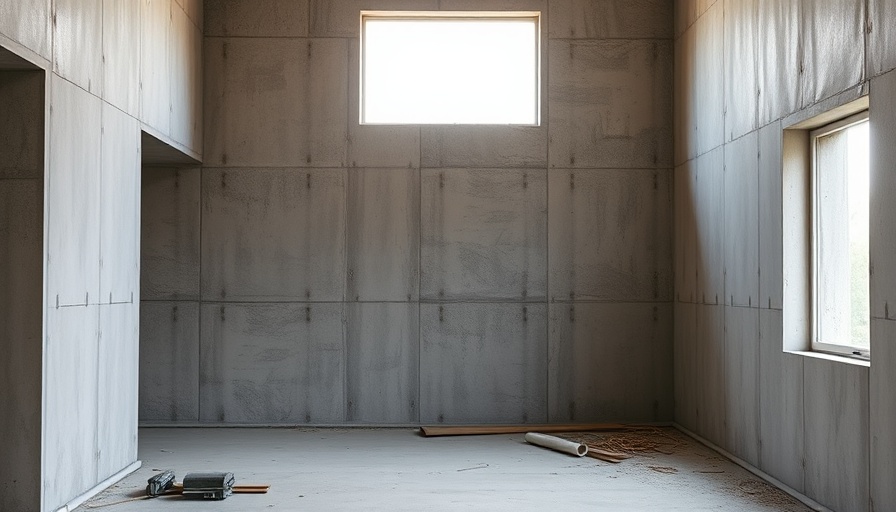
Understanding Heat Pumps: A Necessity for Sustainable Living
As we navigate the evolving landscape of energy-efficient home technology, the adoption of heat pumps stands out as a critical solution. These devices not only reduce energy costs but also play a vital role in the decarbonization movement aimed at minimizing greenhouse gas emissions. California, for example, is aspiring to install six million heat pumps by 2030, setting an ambitious target to enhance sustainability in residential energy consumption. However, the journey towards widespread acceptance isn't without its challenges.
Uncovering Common Barriers to Heat Pump Adoption
Despite the clear advantages, many homeowners are hesitant to embrace heat pump technology. Research from the Energy and Efficiency Institute (EEI) identifies several significant barriers to adoption, chief among them being the high initial costs associated with purchasing and installing heat pumps. Other factors include the complexity of installation processes, the variability in regional climates, and a lack of consumer awareness about the long-term benefits.
Financial Incentives as Motivators
In combating the practical constraints surrounding heat pumps, financial incentives have proven to be a game changer. Utility companies often offer rebates for both the purchase and installation of heat pumps, significantly offsetting initial expenses. Furthermore, government programs aimed at promoting energy efficiency further enhance these initiatives, creating a supportive environment conducive for homeowners to transition to more sustainable heating solutions.
Technical Compatibility: The Need for Proper Assessment
Aside from financial concerns, technical compatibility is a pressing issue that impacts the adoption of heat pumps. Many older homes may not be prepared to accommodate new heating technologies without substantial upgrades to their infrastructure. Before installations, proper assessments must be conducted to evaluate whether the existing electrical and duct systems can support the new devices effectively.
Enhancing Public Awareness and Education
One of the most potent tools for overcoming resistance to heat pump adoption is education. Many homeowners remain unaware of the technology's benefits, including improved indoor air quality, lower utility bills, and reduced carbon footprints. Educational outreach can take many forms, from informational websites and social media campaigns to community workshops where homeowners can learn about heat pumps' functionality and advantages firsthand.
Future Trends in Heat Pump Technology
Looking ahead, the industry can anticipate technological advancements that will make heat pumps even more accessible. Innovations in smart home technology promise to improve the efficiency of heat pump systems, enabling users to manage energy consumption seamlessly. As new models enter the market, competition will likely drive improvement in cost and capability, further promoting adoption.
Exploring Global Perspectives
Around the world, different regions have experienced varied success in heat pump adoption based on local strategies and incentive programs. In countries like Sweden and Germany, where government mandates support the transition away from fossil fuels, heat pump installations are being implemented more readily. These international examples provide useful frameworks that could be adapted locally to enhance outreach and acceptance of heat pumps.
Conclusion: The Path Forward
The path to successful heat pump adoption is not without its challenges, but the advantages they offer make them an essential component of our energy future. By addressing practical constraints head-on—through financial support, education, and strategic implementation—stakeholders can create an environment where heat pump technology thrives. For those considering the switch, the benefits justify the initial hurdles, making it a worthwhile investment in sustainable living.
 Add Row
Add Row  Add
Add 






Write A Comment